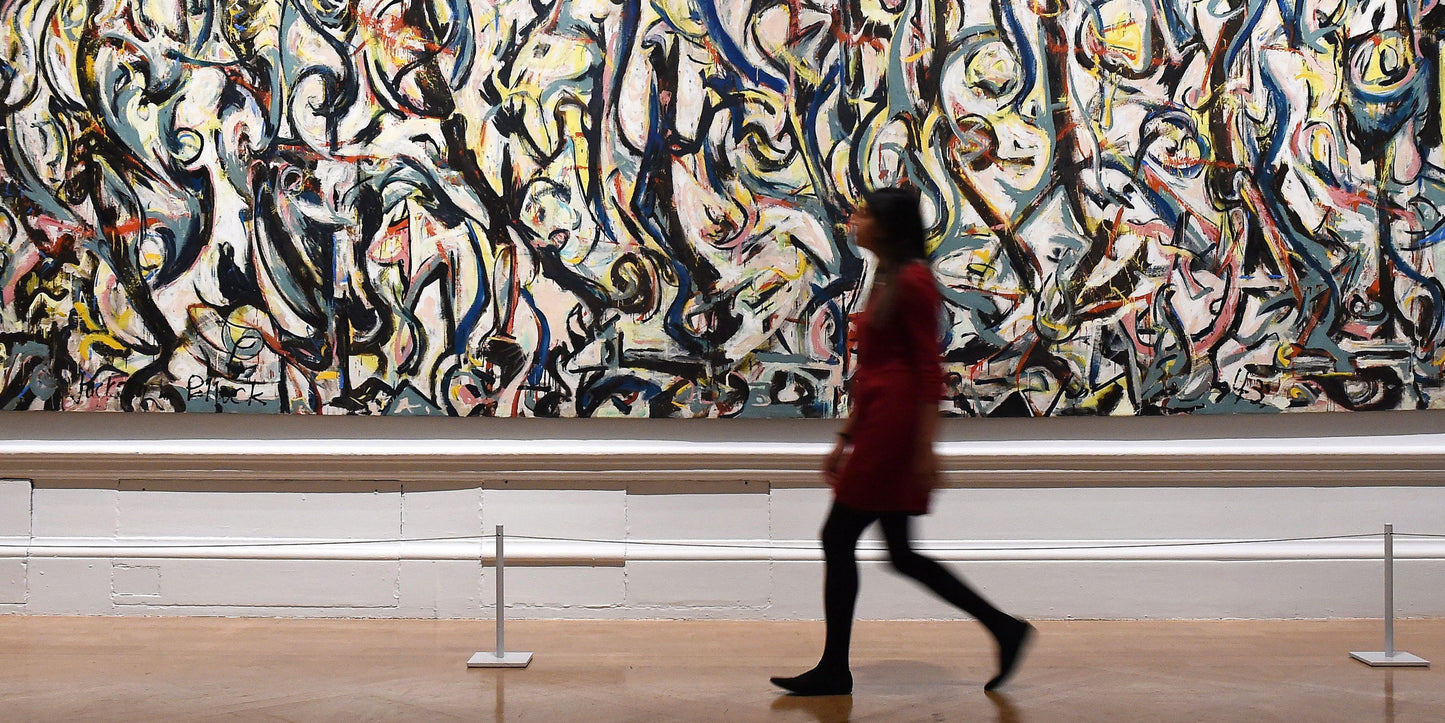
Abstractionism:most famous artists
Abstractionism or abstract art was an artistic movement integrated into the European modernist vanguards. In a period of tension, war and violence, artists felt the need to express their emotions. Breaking with old paradigms, they expressed themselves by fleeing reality itself, in an abstract way with lines and above all with color. With abstract art, the spectator was given the possibility to interpret geometric shapes and the exploration of pigments freely. We can say that there are two genres in abstractionism, expressionism and geometric. As the name implies, the first invokes the artist's emotions, establishing connections between the sound experience and the pigments. An example of this are the works of Wassily Kandinsky. The second was mainly influenced by artists such as Piet Mondrian and Malevich, who focused on mathematical rigor and ideas from Cubism and Futurism.Discover in this article the main artists of this movement.
KAZIMIR MALEVICH (1878-1935)
Kazimir Malevich developed from 1913, Suprematism, a movement that focused on basic shapes, squares, circle and triangle with a limit of colors. The Russian artist's radical works inspired many painters and sculptors in both Europe and the United States. It is thanks to paintings such as “Black”, that Kazimir Malevich is still considered the pioneer of abstract art.

"Black" by Kazimir Malevich
PIET MONDRIAN (1872-1944)
Piet Mondrian became known for creating a new artistic style, which was not based on typical techniques, but on his philosophical interpretation of questioning the very limits of art by breaking with conventional forms of painting. His compositions with primary colors, designed asymmetrically, and black orthogonal lines, thus demonstrating the aesthetic beauty and limits of painting itself.

Piet Mondrian
WASSILY KANDINSKY (1866-1944)
Wassily Kandinsky was a Russian painter extremely known for his abstract pieces. In 1910, Kandinsky began to create abstract paintings, grouping them into three categories: “impressions”, elaborated from the landscape, “compositions”, created through a thoughtful construction action of the painting’s elements, and “improvisations”, more immediate, with images that derive from events of an emotional and interior nature. The compositions were considered by Kandinsky to be the main statements of his artistic ideas. The first composition was in 1910, when he was taking his first steps in abstractionism and the last one in 1939. The “Compositions” are like a common thread present in all of Kandinsky's work. Unfortunately, the first three compositions were destroyed during World War II and only their photographs survive.

Wassily Kandinsky
Paul Klee (1879-1940)
The Swiss artist became known for his works with very particular and personal characteristics. Paul Klee created pieces with a very intense chromatic variety, from practically monochromatic to polychromatic. He used various techniques and materials to produce canvases with geometric shapes, letters, numbers, arrows or even animal figures. Literature exerted a great influence on its themes surrounded by the mystery and beauty of nature.

Paul Klee
JACKSON POLLOCK (1912-1956)
The American painter created extraordinary works that were involved in dynamic movements and gestures. Fully embracing abstraction, Jackson Pollock conveyed the ideas of freedom called upon and desired by the American population, thus making him a highly successful artist. The painter was the pioneer of paintings, titled action painting, by critic Clement Greenberg. From the large-scale canvases and this technique Jackson Pollock produced a very unique work.

Jackson Pollock
GRACE HARTIGAN (1922–2008)
In 1948, Grace Hartigan saw Jackson Pollock's first paintings and was "mesmerized".Influenced by her paintings, she began to paint on large canvases, and in 1950 she was recognized as a “second generation” abstract expressionist artist. The American artist painted intensely with strong pigments drawing inspiration from books, films, paintings and advertising.Grace Hartigan he was part of a group of young people who were influenced by the artists of the “first generation” of abstract expressionists. Until 1954, Hartigan used the name George, as a tribute to 19th century writers such as George Eliot. In reality, the choice was quite practical - men's work was more valued - but it can also be seen as an expression of how multiple identities are.

Grace Hartigan
